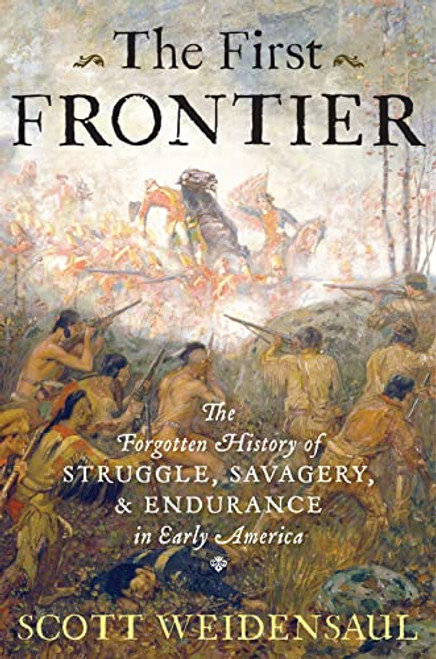The definitive account of transpacific Asian movement through the Spanish empirefrom Manila to Acapulco and beyondand its implications for the history of race and colonization in the Americas. Between 1565 and 1815, the so-called Manila galleons enjoyed a near-complete monopoly on transpacific trade between Spains Asian and American colonies. Sailing from the Philippines to Mexico and back, these Spanish trading ships also facilitated the earliest migrations and displacements of Asian peoples to the Americas. Hailing from Gujarat, Nagasaki, and many places in between, both free and enslaved Asians boarded the galleons and made the treacherous transpacific journey each year. Once in Mexico, they became chinos within the New Spanish caste system. Diego Javier Luis chronicles this first sustained wave of Asian mobility to the early Americas. Uncovering how and why Asian peoples crossed the Pacific, he sheds new light on the daily lives of those who disembarked at Acapulco. There, the term chino officially racialized diverse ethnolinguistic populations into a single caste, vulnerable to New Spanish policies of colonial control. Yet Asians resisted these strictures, often by forging new connections across ethnic groups. Social adaptation and cultural convergence, Luis argues, defined Asian experiences in the Spanish Americas from the colonial invasions of the sixteenth century to the first cries for Mexican independence in the nineteenth. The First Asians in the Americas speaks to an important era in the construction of race, vividly unfolding what it meant to be chino in the early modern Spanish empire. In so doing, it demonstrates the significance of colonial Latin America to Asian diasporic history and reveals the fundamental role of transpacific connections to the development of colonial societies in the Americas.
The First Asians in the Americas: A Transpacific History
MSRP:
Was:
Now:
$53.30 - $68.86
(You save
)
(No reviews yet)
Write a Review

Write a Review

The First Asians in the Americas: A Transpacific History
- SKU:
- UPC:
- 9780674271784
- Maximum Purchase:
- 2 units
- Binding:
- Hardcover
- Publication Date:
- 1/9/2024
- Release Date:
- 12/4/2023
- Author:
- Luis, Diego Javier
- Language:
- English: Published; English: Original Language; English
- Pages:
- 368

Simon & Schuster
The Making of Asian America: A History (Printing may vary)
MSRP:
Was:
Now:
$14.62 - $22.48

Brand: AltaMira Press
Asian America through the Lens: History, Representations, and Identities (Critical Perspectives on Asian Pacific Americans)
MSRP:
Was:
Now:
$56.30 - $67.00

Brand: Temple University Press
The First Suburban Chinatown: The Remaking of Monterey Park, California (Asian American History & Cultu)
MSRP:
Was:
Now:
$18.44 - $74.21

OSS: The Secret History of America's First Central Intelligence Agency
MSRP:
Was:
Now:
$16.48 - $225.50

Houghton Mifflin Harcourt
The First Frontier: The Forgotten History of Struggle, Savagery, and Endurance in Early America
MSRP:
Was:
Now:
$21.51 - $36.07

Asian American Histories of the United States (ReVisioning History)
MSRP:
Was:
Now:
$14.88 - $25.84

The Pearls Of Alpha Kappa Alpha: The History of America's First Black Sorority
MSRP:
Was:
Now:
$1,200.00 - $1,500.00

Brand: Duke University Press Books
Alien Encounters: Popular Culture in Asian America
MSRP:
Was:
Now:
$19.93 - $26.74
!

